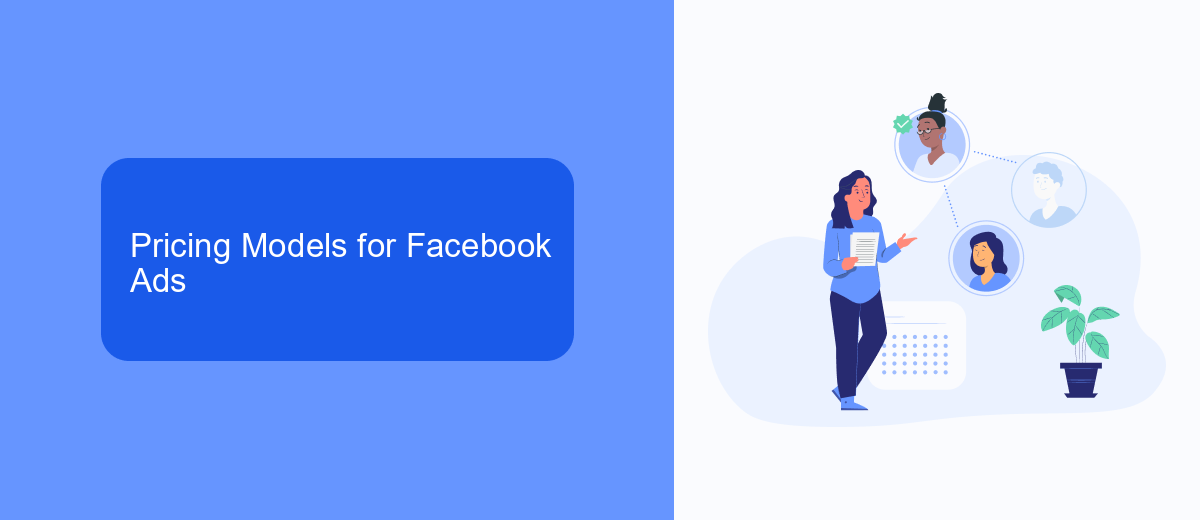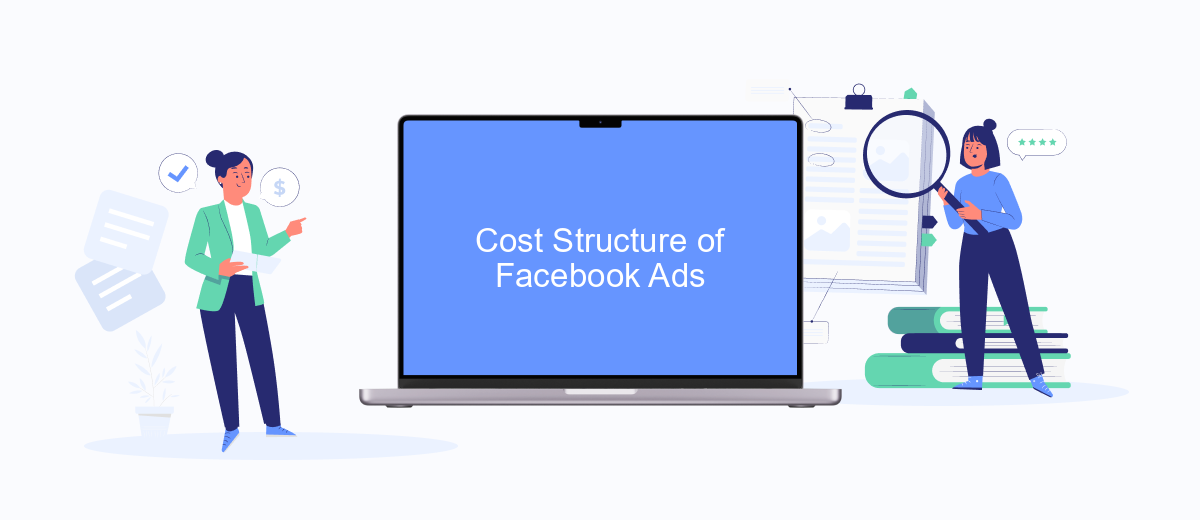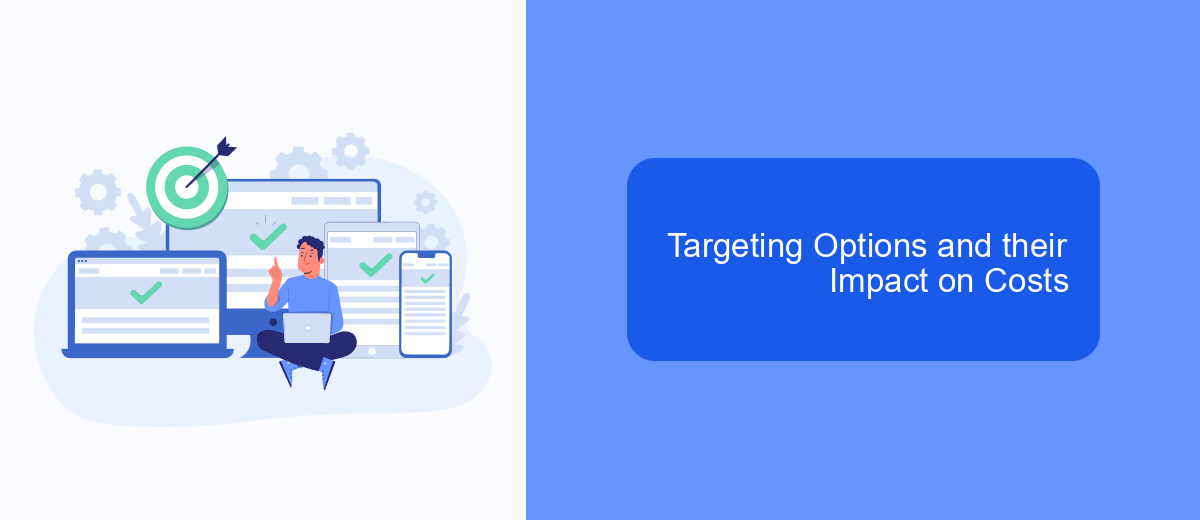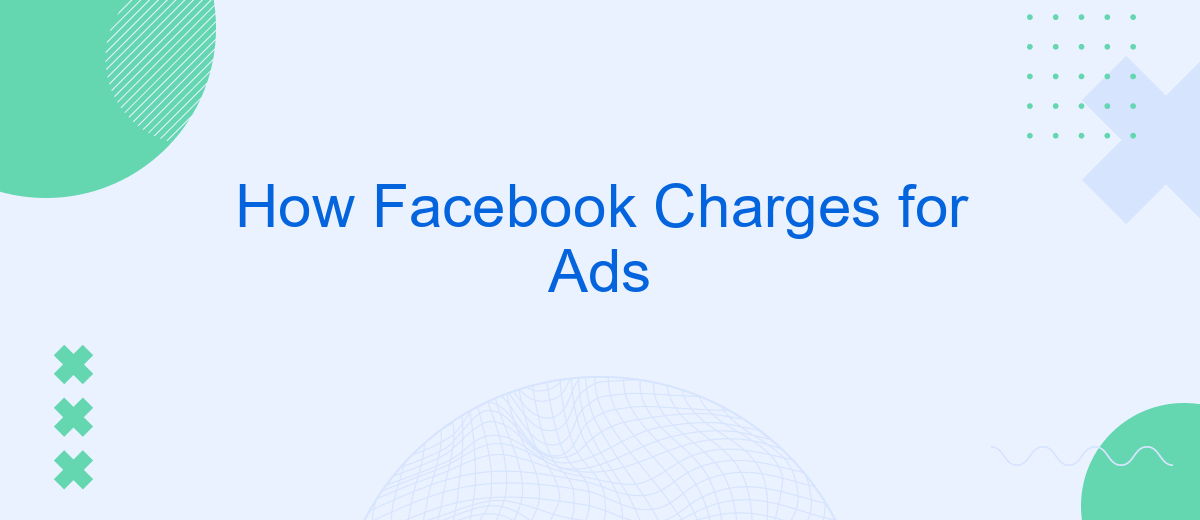Understanding how Facebook charges for ads is crucial for businesses looking to maximize their advertising budget. This article delves into the various factors that influence Facebook's ad pricing, including bidding strategies, audience targeting, and ad placement. By grasping these elements, you can make informed decisions to optimize your ad spend and achieve better results on the platform.
How Facebook Charges for Ads
Facebook charges for ads based on a bidding system where advertisers compete to have their ads shown to their target audience. The cost of your ads can vary depending on several factors, including your budget, the competition, and the relevance of your ad to the audience.
- Cost Per Click (CPC): You pay each time someone clicks on your ad.
- Cost Per Mille (CPM): You pay for every 1,000 impressions your ad receives.
- Cost Per Action (CPA): You pay when someone takes a specific action, such as making a purchase or signing up for a newsletter.
To optimize your ad spending and ensure better integration with your marketing tools, consider using services like SaveMyLeads. This platform automates the process of transferring leads from Facebook ads to your CRM or email marketing services, saving time and improving efficiency.
Pricing Models for Facebook Ads

Facebook offers various pricing models for advertising, allowing businesses to choose the most suitable option for their budget and goals. The primary models include Cost Per Click (CPC) and Cost Per Thousand Impressions (CPM). With CPC, advertisers are charged each time a user clicks on their ad, making it ideal for campaigns focused on driving traffic to websites or generating leads. On the other hand, CPM charges advertisers for every thousand times their ad is shown, regardless of user interaction, which is beneficial for increasing brand awareness and reaching a broader audience.
Additionally, Facebook provides advanced options like Cost Per Action (CPA) and Cost Per Like (CPL). CPA is designed for advertisers who want to pay only when a specific action, such as a purchase or sign-up, is completed. CPL is tailored for businesses looking to grow their social media presence by paying for each new page like. For seamless integration and efficient campaign management, services like SaveMyLeads can automate data transfer and optimize ad performance, ensuring businesses get the most out of their advertising budget.
Cost Structure of Facebook Ads

Facebook's advertising cost structure is multifaceted, catering to a wide array of business needs and budgets. The cost of running ads on Facebook depends on several factors, including the type of ad, the target audience, and the campaign's objective. Advertisers can choose between various pricing models to optimize their spending.
- Cost-Per-Click (CPC): Advertisers pay each time someone clicks on their ad.
- Cost-Per-Impression (CPM): Advertisers pay for every 1,000 impressions their ad receives.
- Cost-Per-Action (CPA): Advertisers pay when a specific action, such as a purchase or sign-up, is completed.
- Cost-Per-Like (CPL): Advertisers pay for each like their page receives from the ad.
To streamline ad management and integration with other marketing tools, businesses can use services like SaveMyLeads. SaveMyLeads automates the process of transferring leads from Facebook Ads to various CRMs and email marketing platforms, ensuring seamless data flow and efficient campaign management. This service helps advertisers maximize their ROI by reducing manual effort and enhancing targeting precision.
Targeting Options and their Impact on Costs

Facebook offers a variety of targeting options that can significantly impact the cost of your ads. By selecting precise demographics, interests, and behaviors, advertisers can reach their ideal audience more effectively. However, the more specific your targeting, the higher the cost may be due to increased competition for those particular segments.
One of the most effective ways to optimize your ad spend is by leveraging Facebook's advanced targeting tools. These tools allow advertisers to create detailed audience profiles, which can help in delivering more relevant ads. Additionally, integrating third-party services like SaveMyLeads can streamline the process, ensuring that your campaigns are set up efficiently and effectively.
- Demographic Targeting: Age, gender, location, education, etc.
- Interest Targeting: Hobbies, favorite activities, and more.
- Behavioral Targeting: Purchase behavior, device usage, etc.
- Custom Audiences: Upload your customer lists for precise targeting.
By understanding and utilizing these targeting options, advertisers can better manage their budgets and improve the performance of their campaigns. Integrating services like SaveMyLeads can further enhance these efforts, providing a seamless and efficient way to manage your Facebook ad strategies.
Measuring Return on Investment (ROI) with Facebook Ads
Measuring Return on Investment (ROI) with Facebook Ads is crucial for understanding the effectiveness of your advertising campaigns. To start, you need to track key performance indicators (KPIs) such as click-through rates (CTR), conversion rates, and cost per acquisition (CPA). Facebook Ads Manager provides detailed analytics that help you evaluate these metrics. By analyzing this data, you can determine which ads are performing well and which need adjustments.
For a more comprehensive analysis, integrating Facebook Ads with other platforms can be highly beneficial. Services like SaveMyLeads allow you to automate the transfer of leads from Facebook Ads to your CRM or email marketing systems. This seamless integration helps you track the entire customer journey from the initial ad click to the final purchase, providing a clearer picture of your ROI. By leveraging these tools, you can make data-driven decisions to optimize your ad spend and maximize returns.


FAQ
How does Facebook determine the cost of ads?
What are the different billing options available for Facebook ads?
Can I control my ad spending on Facebook?
How can I track my ad spending and performance?
Is there a way to automate and optimize my Facebook ad campaigns?
You probably know that the speed of leads processing directly affects the conversion and customer loyalty. Do you want to receive real-time information about new orders from Facebook and Instagram in order to respond to them as quickly as possible? Use the SaveMyLeads online connector. Link your Facebook advertising account to the messenger so that employees receive notifications about new leads. Create an integration with the SMS service so that a welcome message is sent to each new customer. Adding leads to a CRM system, contacts to mailing lists, tasks to project management programs – all this and much more can be automated using SaveMyLeads. Set up integrations, get rid of routine operations and focus on the really important tasks.
